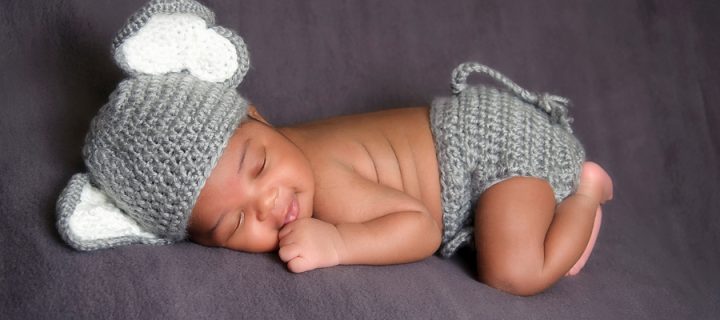No babbling, a lack of eye contact and certain repetitive movements could all be signs that something is up.
Does your child have autism? Perhaps. According to the CDC, 1 in 59 children at the moment has been identified with autism spectrum disorder (ASD) in the United States.
Experts say parents may notice developmental problems in their child by their first birthday. Some children may receive a reliable diagnosis of autism by age 2. That being said, most children who have the disorder aren’t properly diagnosed until after they turn 4 years of age.
You cannot diagnose your child on your own. Maureen Bennie of The Autism Awareness Centre sites many differences in babies that may indicate they are on the spectrum, however. What do these include? A lack of babbling, poor eye contact and no social smiling by 3 months of age can all count.
Related: 5 Easy Ways to Protect Your Mental Health
If your older baby doesn’t respond to their own name by about 9 months, this could also raise alarms bells. If they seem to become fixated on so-called ‘unusual’ objects like a ceiling fan, this could also be worth consulting with your doctor about.
At any age, AutismSpeaks.org sites a “persistent preference for solitude” as a characteristic of autism. Repetitive behaviors also come into play, which can include such things as flapping of the arms or spinning. Unusual reactions to sensory information like smells, tastes, sights and sounds are also things that are on the list.
Always consult with your doctor to discuss your observations, in order to receive professional feedback.












